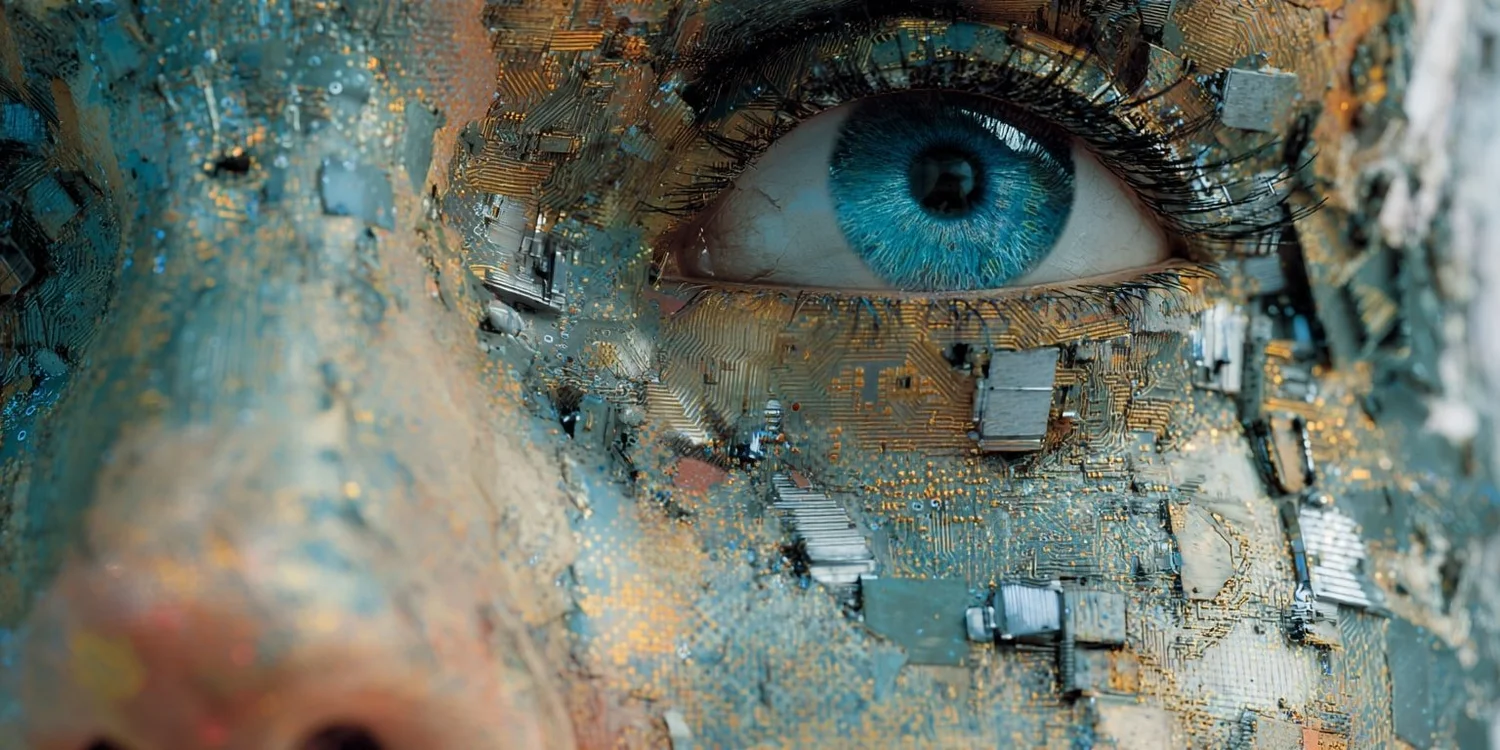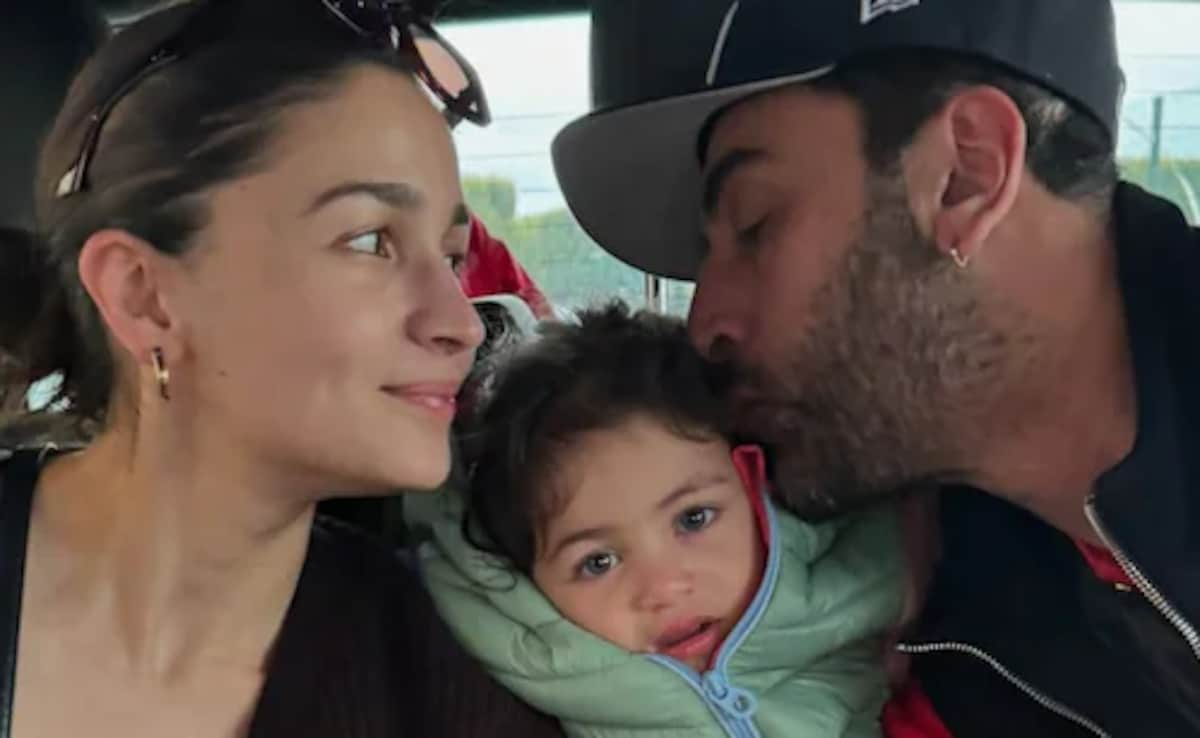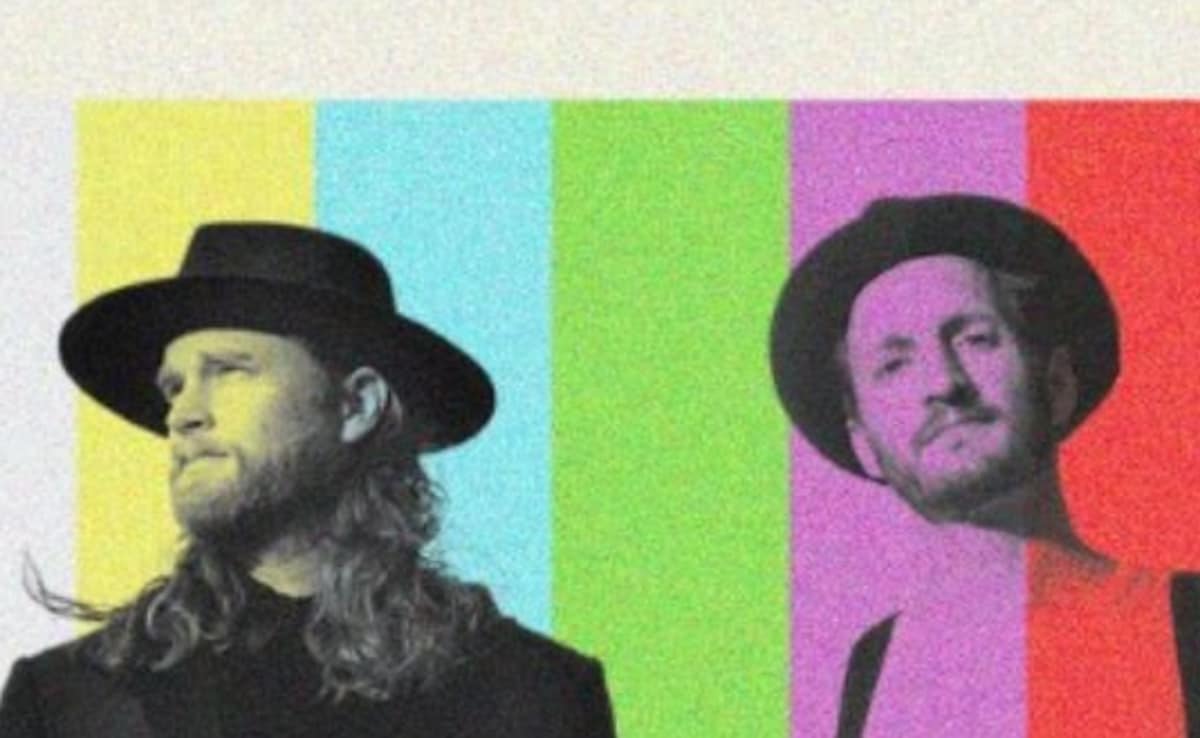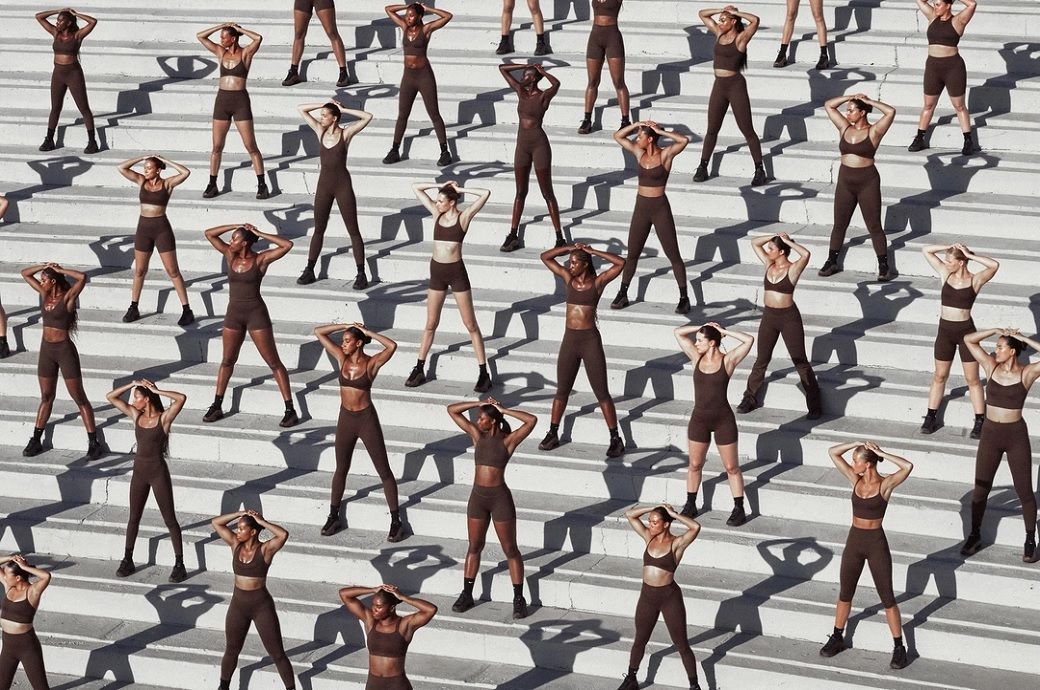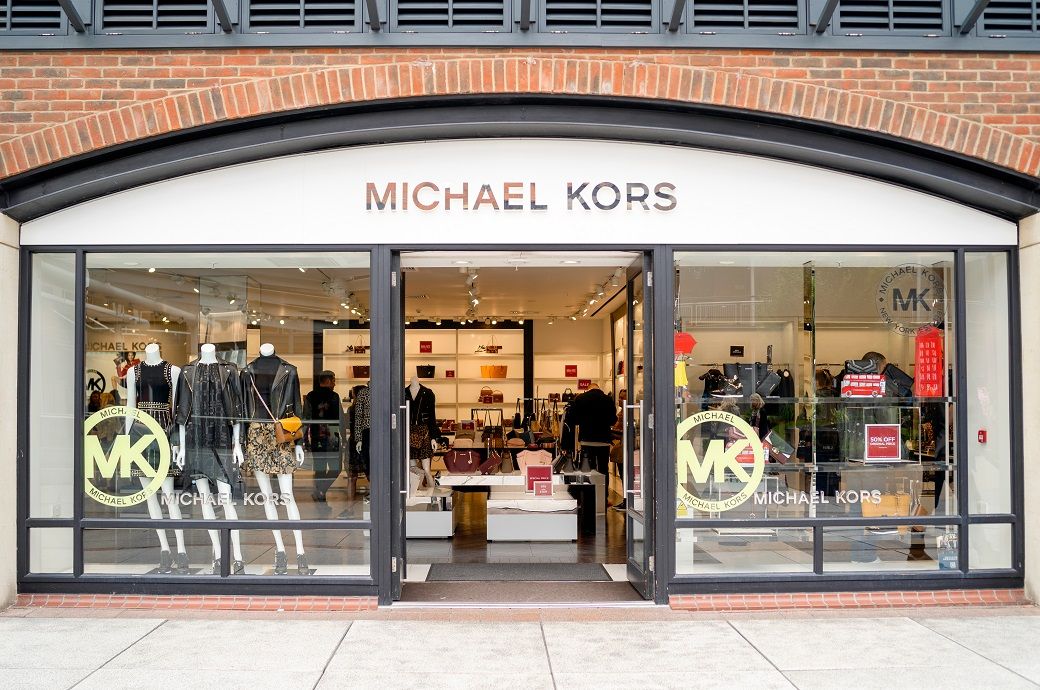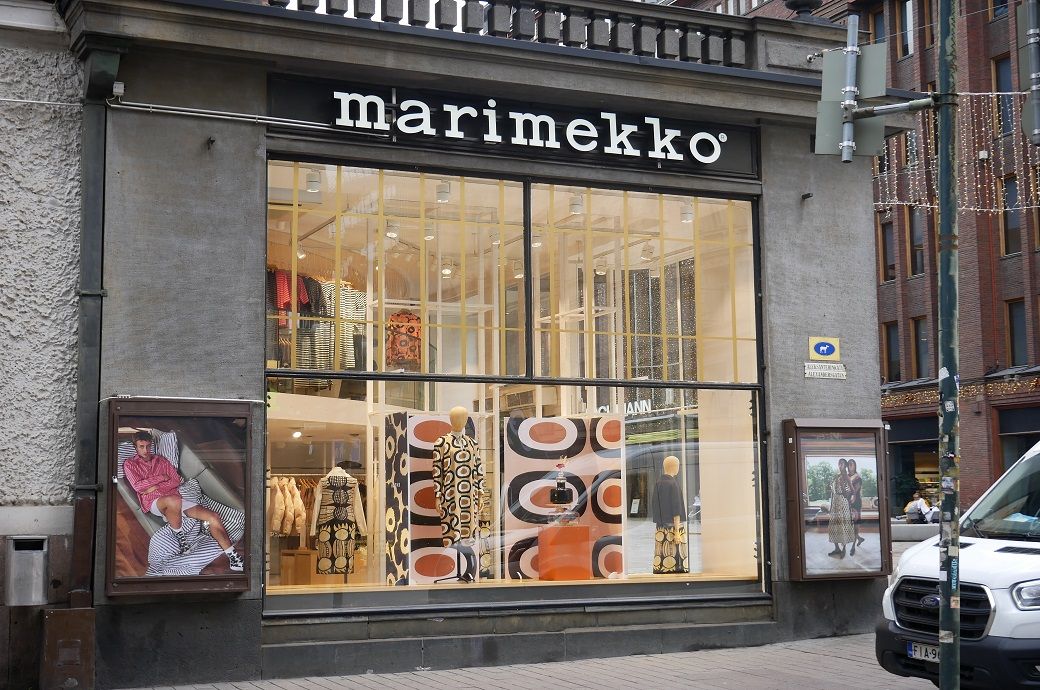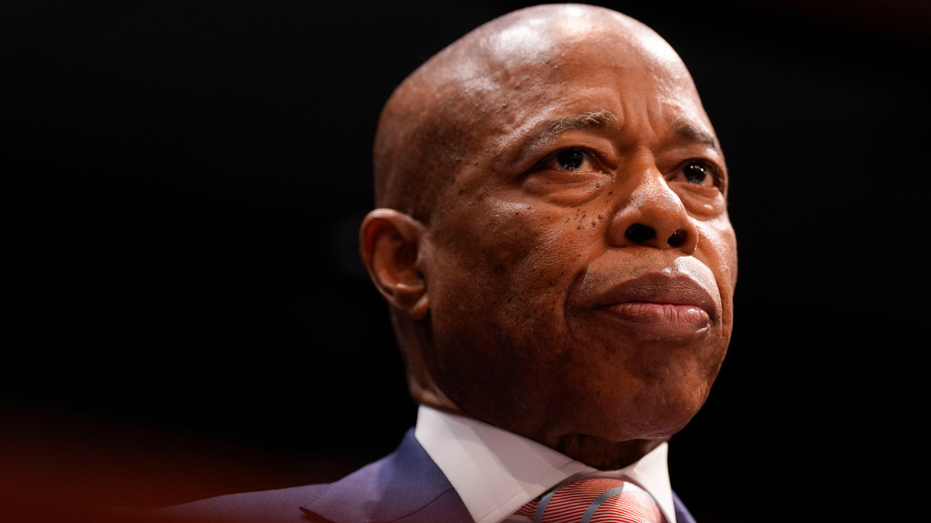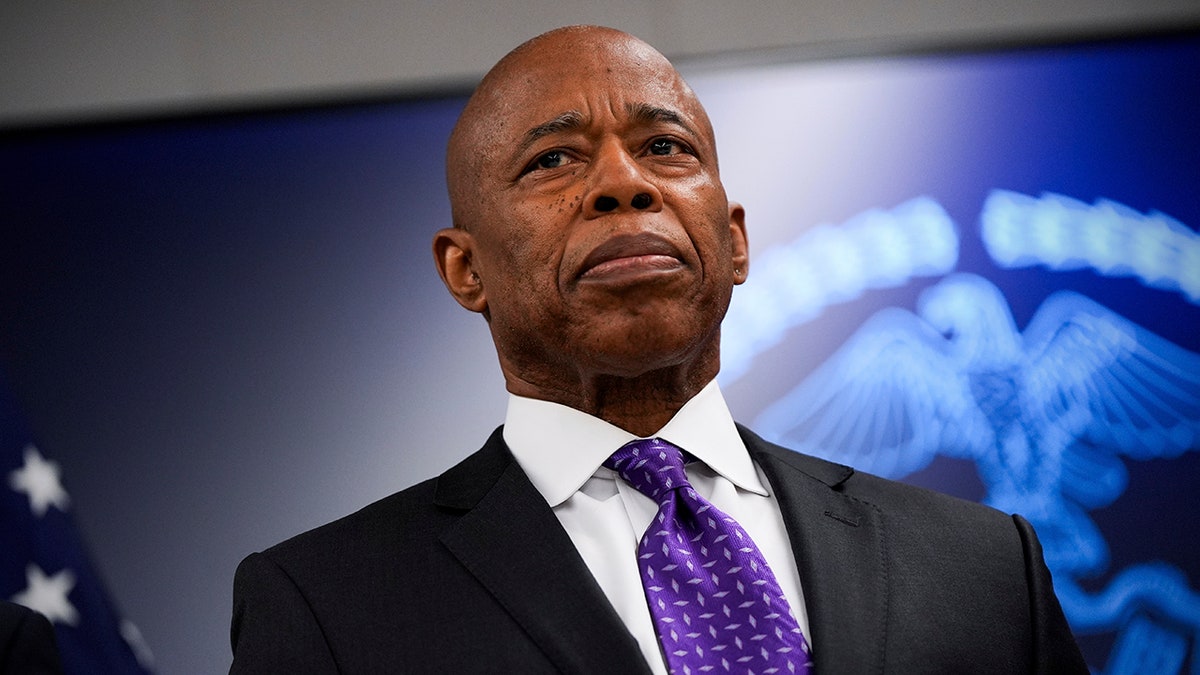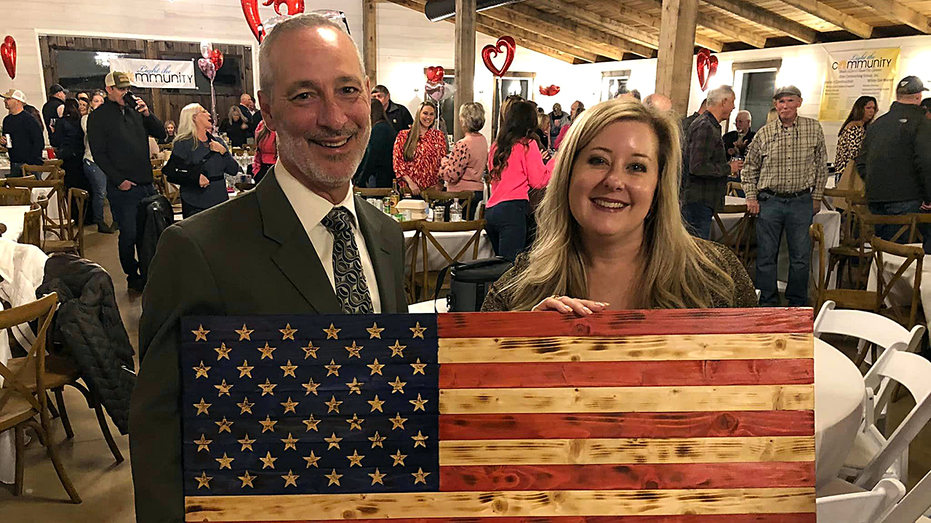Missouri’s oldest Black bookstore just closed. The Kansas City Defender plans to reopen it as a newsroom and public archive.

Willa Robinson has loved to read since she was a child. It’s a passion passed down from her father, who “read everything” and tended to fall asleep on Sunday afternoons with the newspaper over his face, she told me.
The 84-year-old Robinson first began collecting books in the late 1970s, when she would spend her lunch hour in the bookstore up the street from the Kansas City Post Office where she worked. After she transferred to a downtown branch a decade later, she found books at a nearby Salvation Army. She sought out books on the Holy Spirit, but “every time I would go looking for a book on the Holy Spirit, there would be books about Black history,” she recalled. This is when “the fever, the passion for Black books” entered her life. “The spirit of God placed this hunger in my heart for Black history.”
Collecting books by Black authors took on a greater importance in her life after the loss of her daughter and granddaughter.
“I know why people hoard,” she said. “It’s because they’re trying to fill an empty spot. And the empty spot that I was trying to fill was my daughter and my granddaughter that were gone.” While the Defender is a news organization, it has long seen its mission as broader and deeper than reporting alone. On top of its editorial operations, the Defender runs a community programs wing, which provides mutual aid such as free grocery and clothing programs. Sorrell described this work as a “very organic evolution” from the Defender’s purely editorial roots. When the Defender broke the story about a serial killer targeting Black women in Kansas City in 2022, many readers reached out wanting to volunteer or take some kind of action; the Defender ultimately organized a vigil for the women killed. “That was a moment of realization, for me, that we did need this entire second wing of the organization,” Sorrell said. One local who got involved with the Defender’s community programs after that vigil: Kerrs.
That structure offered a foundation for the Defender to step up for Robinson in some ways that might seem unusual for a news organization.

In August 2024, the Defender began paying the store’s rent for Robinson. On the editorial side, the Defender put together a story spotlighting her need for support that it co-published with the Kansas City Call, the city’s historic Black newspaper, resulting in about 80 people reaching out to volunteer. Next, Kerrs and campaign co-director Lauren Winston organized a team of 40 volunteers, who spent six to eight months cataloguing Robinson’s collection of 20,000+ books. (Kerrs is now on staff, but everyone else was a volunteer, Sorrell said. Some volunteers had library and archival backgrounds.)
After consulting with a local coaching hub for Black entrepreneurs, the Defender formalized its plan. Next month, one year since it began covering Robinson’s rent, the Defender will launch a capital campaign to raise $500,000. Two-thirds of that will go toward purchasing Robinson’s collection. The rest goes toward renovations, rent, and hiring a staffer (or increasing a staffer’s hours). The Defender already has a verbal agreement with the landlord for a two-year lease, and plans to reopen between December and early 2026.
Aside from hosting the public archive and serving as an operational HQ, the Defender plans to move its storage of free clothing to the space, and will host its Abolitionist Freedom School (a 14-week program for a cohort of 20 students, from teens to retirees) there. Its backroom will serve as a video production “creator” space.
It’s especially good timing for the Defender to create a physical HQ, Sorrell said, because of how much the organization has expanded. It now has four full-time staffers, seven part-time employees, and 15 volunteer leaders.
Robinson, for her part, was skeptical at first about the idea of creating a public archive, she told me. She’d hoped the space would remain a store. “But once they explained to me what they were going to do, I agreed to it,” she said. “The young people are the ones [with] ideas, they got the energy to carry it out…I think the young people can do it better than I can do it now.”
Before starting the Defender, Sorrell researched the history of the Black press. He found “historically, the Black press was the second most influential institution in Black communities outside the Black church, and that was because of the actual physical spaces,” he said. “They served as community centers in the Black community.”
This move, he said, enables the Defender to “directly follow in that legacy of the Black press serving as more than just a disconnected news outlet, and actually being a hub in the community, and a place that people feel safe to go to.”
What's Your Reaction?
 Like
0
Like
0
 Dislike
0
Dislike
0
 Love
0
Love
0
 Funny
0
Funny
0
 Angry
0
Angry
0
 Sad
0
Sad
0
 Wow
0
Wow
0
















